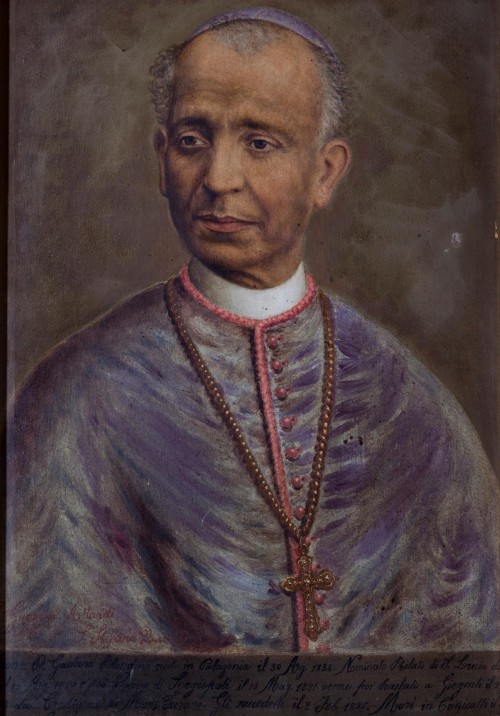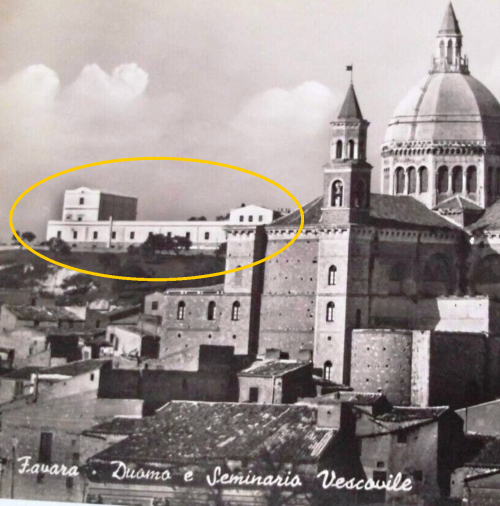Fu vescovo ausiliare di del vescovo Turano e suo successore, portandone avanti l’opera di riforma e di rinnovamento.
L’indole personale e il carattere di Blandini lo portavano a spendere il suo impegno in quei settori della vita diocesana che egli vide essere più bisognosi di un urgente intervento di riforma: curò l’istruzione religiosa del popolo, la preparazione e formazione del clero, fondò l’Accademia Tomistica, inculcò l’adorazione eucaristica.
Si impegnò nell’istruzione religiosa dei fedeli tenendo egli stesso le catechesi che ebbero sede stabile nella chiesa di san Giuseppe in città, mentre per la diocesi istituì la formazione obbligatoria per i fedeli e le Conferenze ascetiche per i sacerdoti.
Intrattenne una corrispondenza epistolare con don Bosco, e i responsabili dell’Istituto Gioeni fecero richiesta di affidare l’opera per la formazione dei giovani ai padri Salesiani.
È stato il primo vescovo siciliano che si adoperò per nascita del nuovo apostolato sociale cattolico. In quasi tutte le parrocchie dell’agrigentino promosse la costituzione di associazioni e di istituti cattolici per sollevare la povertà del popolo.
Organizzò le forze cattoliche nell’Opera dei Congressi; diffuse le Casse urali e artigiane che sconfissero l’usura e assicurarono un migliore tenore di vita alle classi più povere.
Legato al suo operato pastorale è l’inserto di affresco inserito in una delle volte delle sale del Palazzo arcivescovile (Mudia), che riporta la testata del Giornale quotidiano Unità Cattolica, retto dal globo terrestre con le fasce zodiacali. Il Giornale, fondato a Torino nel 1863 da don Giacomo Margotti, è considerato il Manifesto editoriale del Giornale diocesano il Cittadino Cattolico fondato dal vescovo nel 1890, a sostegno della sua opera multiforme e delle attività dei Cattolici. Il settimanale ha accompagnato per un trentennio la vita cattolica agrigentina, guidandola e spronandola verso nuove conquiste.
Ha commissionato lavori di restauro e decorative del Palazzo vescovile di cui rimane oggi il Suo stemma nella Sala del Trono (Mudia).
Si adoperò per la costruzione del Seminario estivo a Favara, per una serena formazione intellettuale e morale dei seminaristi; realizzato su progetto dell’ingegnere Giuseppe Tedesco, dal 1891 al 1896.


